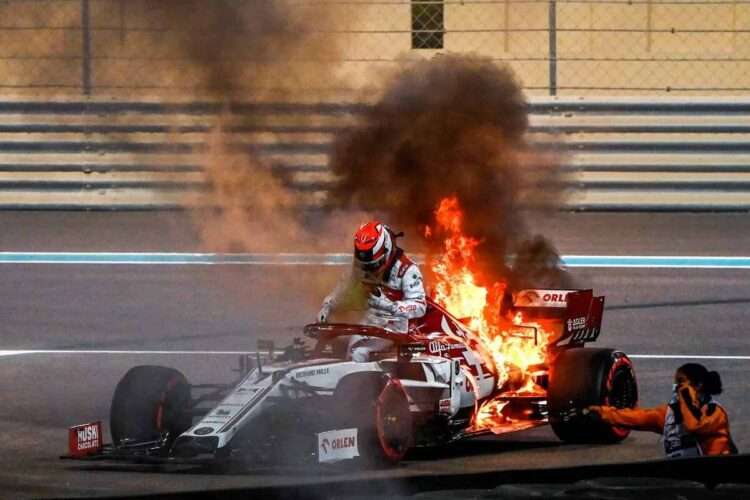Exploring the advanced materials and design that protect drivers in the high-speed world racing.
In the high-octane realm of Formula 1 (F1), where drivers navigate tracks at speeds exceeding 200 mph, safety is paramount. Central to this safety is the racing suit—a marvel of engineering designed to protect drivers from the myriad hazards they face on the circuit.
The Evolution of Racing Suits
In the early days of motorsport, drivers wore everyday clothing, offering minimal protection. As the sport evolved, so did the understanding of the risks involved, leading to the development of specialized racing attire. The introduction of fire-resistant materials marked a significant advancement in driver safety.
Nomex: The Heart of Fire Resistance
A pivotal development in racing suit technology was the creation of Nomex, a flame-resistant meta-aramid material developed by DuPont in the early 1960s. Nomex fibers are inherently resistant to heat and flame, providing crucial protection in the event of a fire. When exposed to high temperatures, Nomex carbonizes and thickens, forming a protective barrier between the heat source and the skin. This reaction helps prevent burns and gives drivers precious seconds to escape from a fire.
Design and Construction
Modern F1 racing suits are meticulously designed to balance safety, comfort, and performance. They typically consist of multiple layers of Nomex fabric, each serving a specific purpose:
- Outer Layer: This layer is durable and resistant to abrasions, protecting against physical damage during a crash.
- Middle Layer(s): These layers provide thermal insulation, slowing the transfer of heat to the driver’s body.
- Inner Layer: This layer is soft and comfortable, designed to wick away moisture and reduce heat stress.

The combination of these layers ensures that the suit can withstand temperatures up to 800°C for a minimum of 12 seconds, as mandated by the Fédération Internationale de l’Automobile (FIA) standards.
Beyond the Suit: Comprehensive Protection
While the racing suit is a critical component, it’s part of a broader ensemble designed to protect drivers:
- Undergarments: Drivers wear fire-resistant underwear, socks, and balaclavas made from materials like Nomex. These garments provide an additional layer of protection and help manage body temperature.
- Gloves and Boots: These are also constructed from fire-resistant materials and are designed to offer protection without compromising dexterity or pedal feel.
- Helmets: Modern helmets feature a carbon-fiber shell with a fire-resistant lining. They are designed to withstand significant impacts and high temperatures, protecting the driver’s head and face.
Regulatory Standards and Testing
The FIA sets stringent standards for racing gear to ensure driver safety. Racing suits must pass rigorous testing, including exposure to direct flames and heat transmission assessments. The suits are also tested for durability, ensuring they maintain their protective qualities over time and under various conditions.
Advancements in Comfort and Performance
Beyond safety, modern racing suits are designed with driver comfort and performance in mind. They are lightweight and tailored to allow a full range of motion, reducing fatigue during races. Breathable fabrics and ventilation systems help regulate body temperature, crucial in the high-stress environment of F1 racing.
The Role of Technology in Development
Advancements in material science and technology continue to enhance the effectiveness of racing suits. For instance, the use of 3D body scanning allows for custom-fitted suits, improving both safety and comfort. Additionally, ongoing research into new materials aims to develop fabrics that offer better protection while being lighter and more breathable.
Conclusion
The development of Formula 1 racing suits is a testament to the intersection of science, engineering, and sport. These suits are not just uniforms but are critical safety devices that protect drivers in one of the most demanding environments imaginable. As technology advances, so too will the materials and designs that keep drivers safe on the track.
Sources: DuPont, McLaren, E&T Magazine, Motorsort



